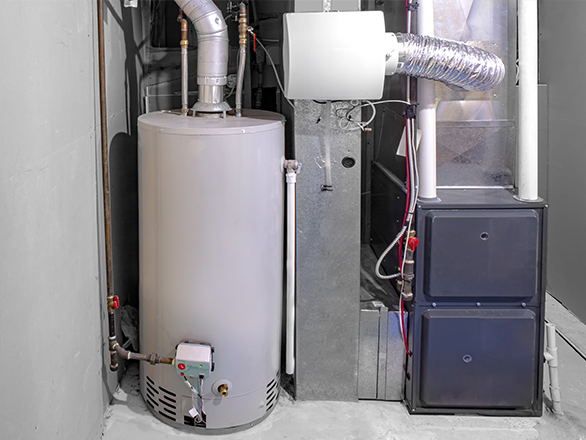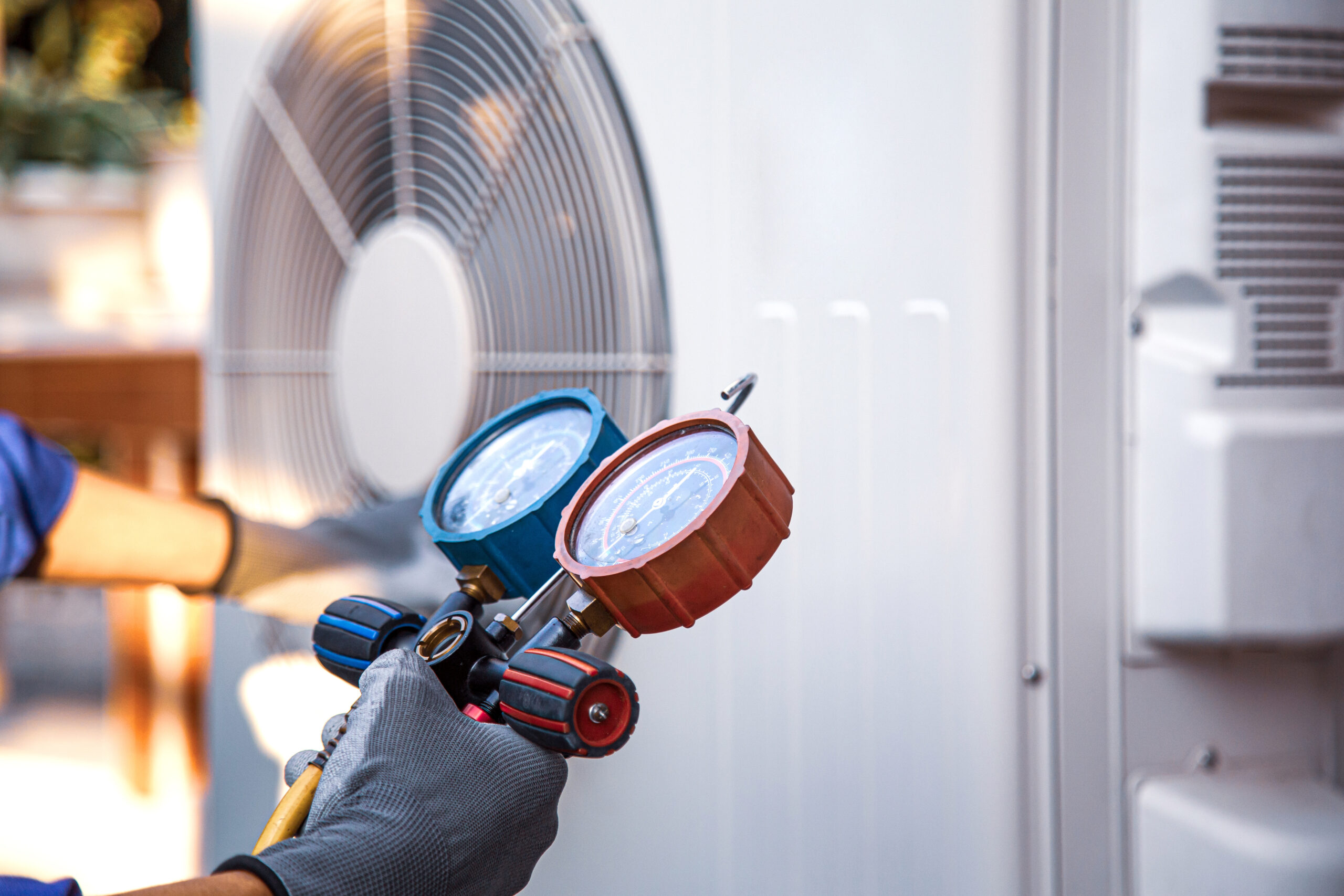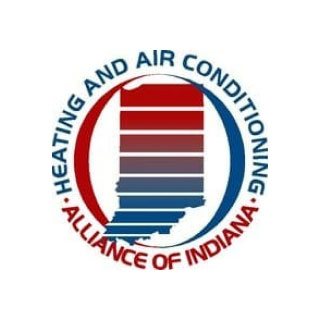Choosing the right heating system for your home is one of the most important decisions you’ll make regarding your comfort and energy costs. According to Family Handyman magazine, heating a home typically represents 42 percent of a homeowner’s annual energy costs! That’s why it’s critical you make the right choice.
Home heating systems fall into two basic categories: central and ductless. In this blog, Nardco Heating and Air Conditioning examine each of those categories and what’s involved with them.
Central Heating Systems
Central heating systems are the most familiar kind and are installed in most homes. The name “central” reflects the fact that heat is generated in a central location such as a furnace or a heat pump, and then distributed throughout the home through air passages known as ducts. When the temperature inside your home drops below the setting on your thermostat, the thermostat sends a signal to the central heat source to start operating.
Furnaces
A furnace is a device that generates heat either by burning a fuel such as natural gas or heating oil or by running an electrical current through what are known as resistance elements. The heat is generated within a combustion chamber and then distributed throughout your home through the ducts.
While old furnaces were often wasteful, capturing only part of the heat that was generated, today’s furnace models are highly efficient. Some models are as much as 96 percent efficient, meaning 96 percent of the energy they use produces heat. Most homes in our part of Indiana use some type of furnace. It’s important to look for a heating system with a high Annual Fuel Utilization Efficiency (AFUE) rating.
Boilers
Boilers are also central heating systems, but instead of heating and circulating air through ducts, they generate hot water or steam that’s sent through radiators located in each room. The boiler itself can use natural gas, oil, or electricity to heat the water. Boilers can be highly efficient systems, and the radiant heat generated by radiators is effective at warming rooms evenly. In addition, radiators usually have independent controls, so homeowners can adjust the heating in each room to meet their needs. Boilers also tend to be long-lasting.
Heat Pumps
Heat pumps are interesting devices that can both heat and cool a home. They’re known as heat pumps because they capture heat energy in the outside air, and then transfer it indoors to make your home warmer. (During hot weather, they operate in reverse, pulling heat energy out of your home and sending it outside.) An air-source heat pump includes an outdoor condensing unit that’s connected to an indoor unit through tubes filled with refrigerant. Inside your home, a fan distributes the heat energy through your ducts.
Today’s air-source heat pumps are extremely energy efficient, using electricity to deliver year-round comfort. However, in Indiana’s climate, they may not provide enough heat by themselves on very cold days. That’s why homeowners in Indiana with heat pumps usually also have furnaces to keep them toasty when the temperatures are below freezing.
Ductless Heating Systems
Not all home heating systems send heat through ducts or piping. Some systems provide localized heating in each room. Such so-called ductless systems are often installed when homeowners add on to the original home or are trying to address problem areas.
Mini-Split Heat Pumps
These ductless systems work just like central heat pumps, except they don’t blow warm air through ducts. Instead, they circulate refrigerant through thin tubing. The refrigerant flows into separate indoor units, where fans or radiators transfer the heat to the indoor air. Homeowners can use mini-splits throughout the home, or have them installed in areas that need an extra boost of heat.
Window Units
You’re probably familiar with window-mounted air conditioners. Some units can also provide heat too. While window units may be inexpensive, they can also be noisy and unsightly. If you do not have a central heating system in your home, you may need many window units to be installed around your home.
Space Heaters
These are small units powered by electricity (or sometimes natural gas or propane) that provide intense heat in small areas. However, they’re usually not very economical and may have a significantly higher risk of starting fires or causing asphyxiation. That’s why you should never leave electric space heaters operating when you’re sleeping.
Contact Nardco for High-Quality Heating Installation Service
What’s the easiest way to find the home heating system that’s right for your home? Ask an expert for help! The Nardco Heating and Air Conditioning team will examine your home and ask questions about your comfort needs and budget before making a recommendation. Once your home’s new heating system is installed, we can provide ongoing maintenance to keep it running efficiently and keep your family as comfortable as possible. Contact us today to schedule an appointment.








